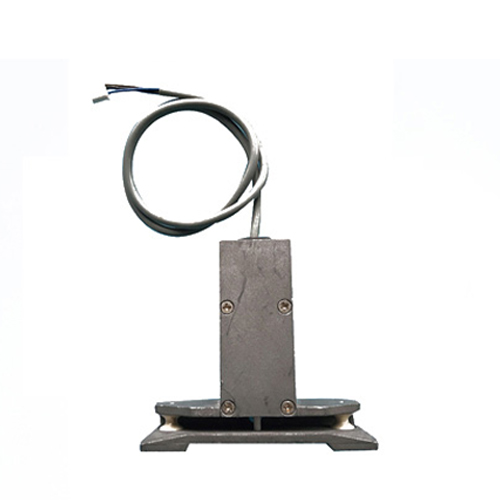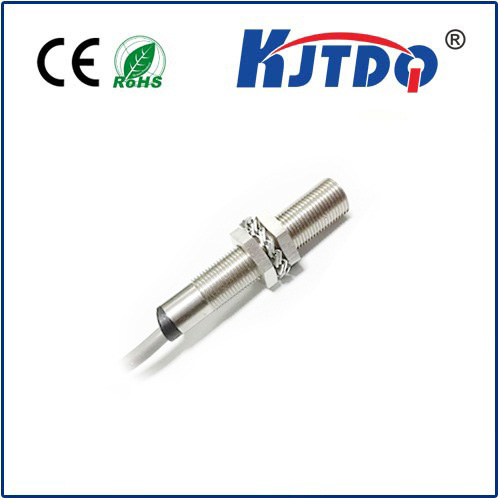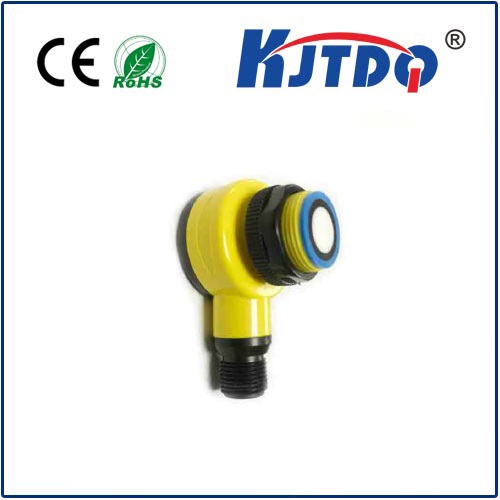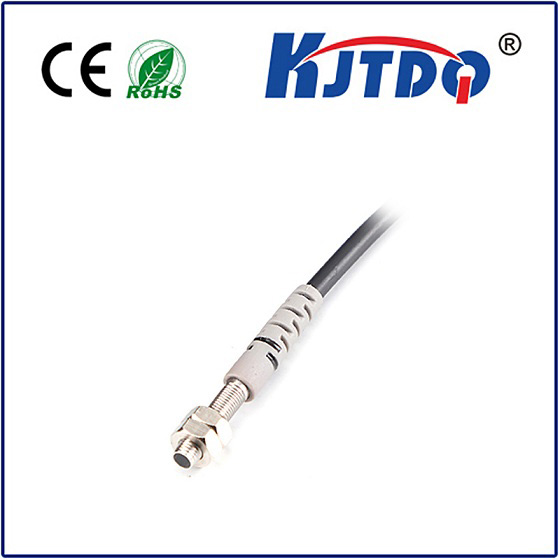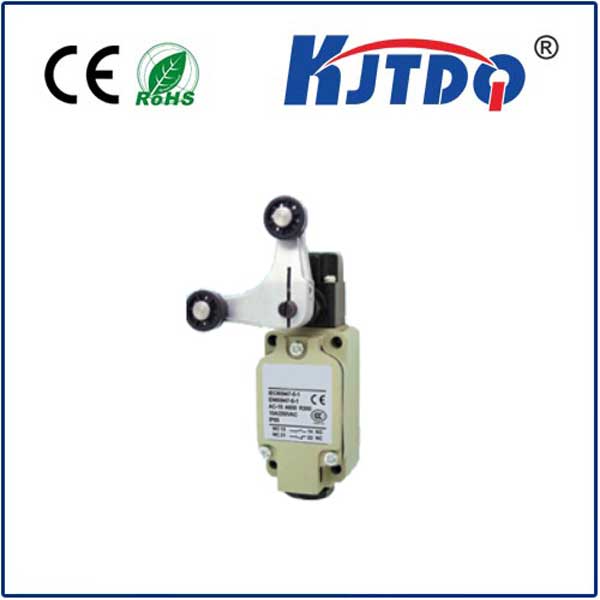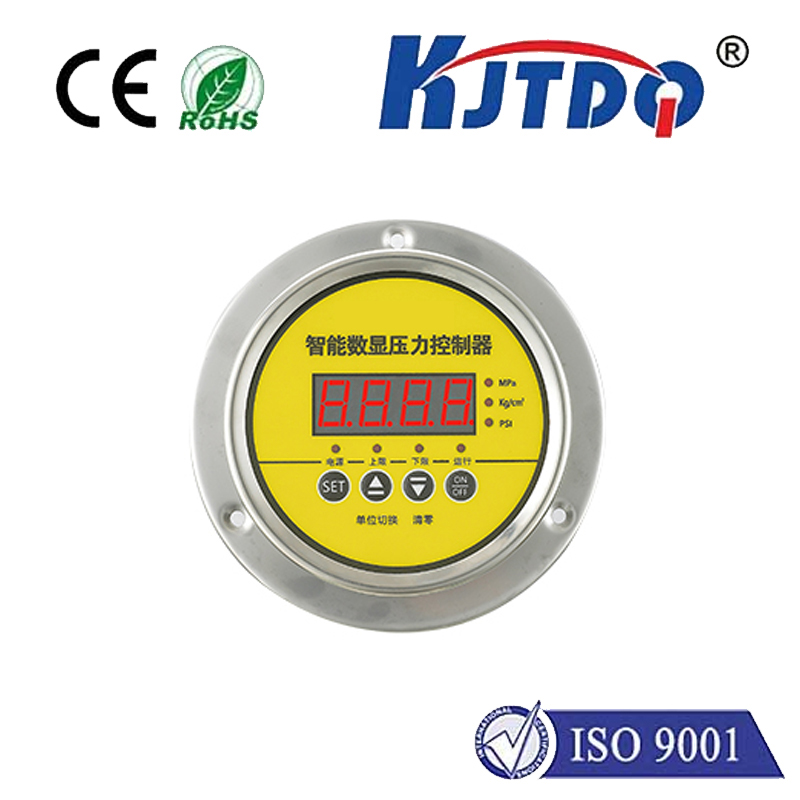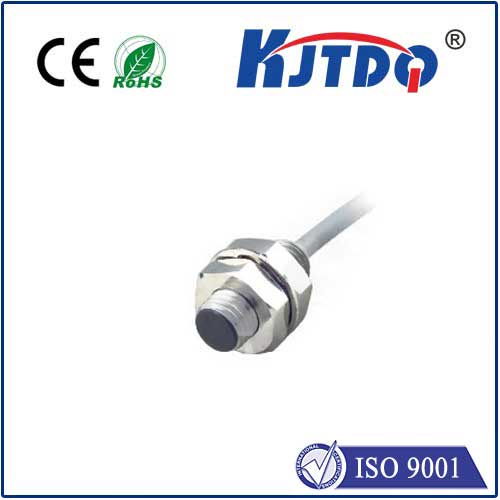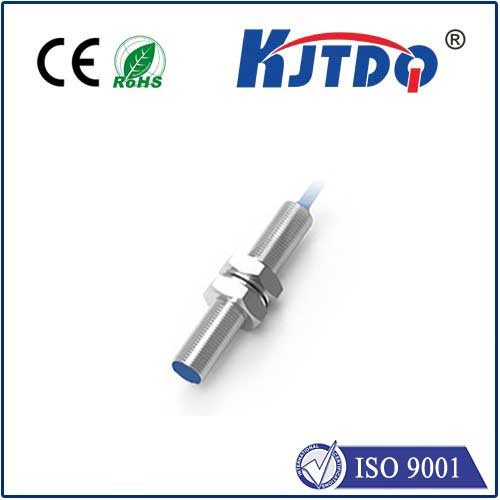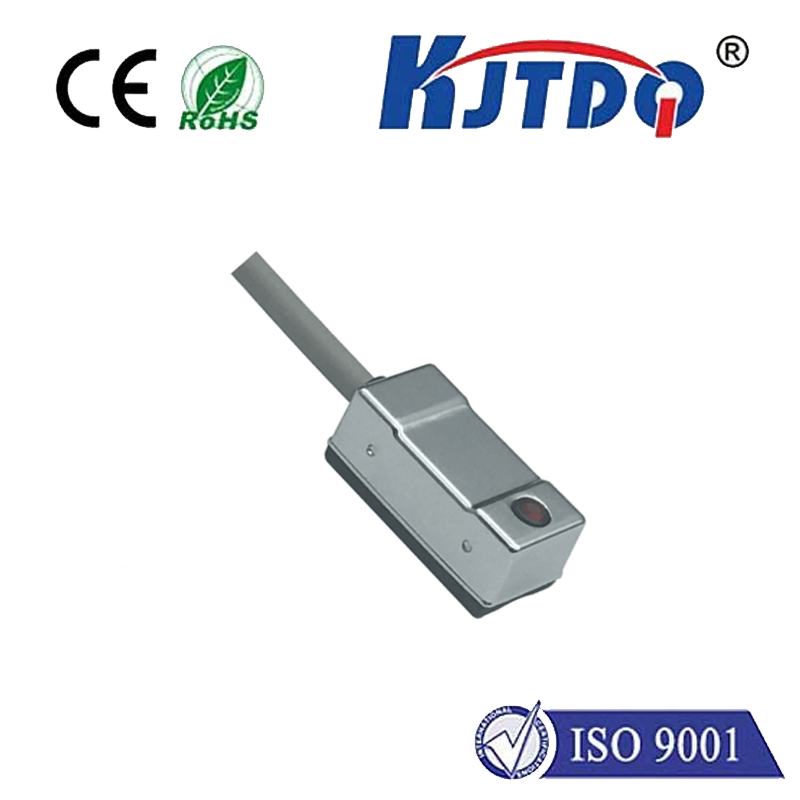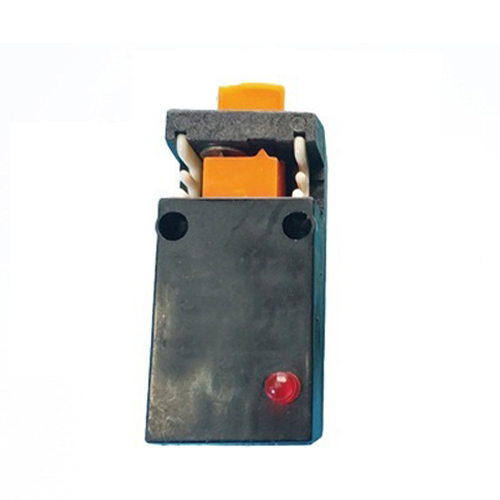Unlocking the Potential of VCSEL Technology with Arduino: A Comprehensive Guide” In the world of electronics and photonics, the combination of Vertical-Cavity Surface-Emitting Lasers (VCSELs) and Arduino has opened up a realm of possibilities for hobbyists, engineers, and researchers alike. VCSELs, known for their efficiency, compact size, and versatility, have become a cornerstone in applications ranging from 3D sensing to high-speed data communication. On the other hand, Arduino, with its user-friendly platform and extensive community support, has empowered countless individuals to bring their innovative ideas to life. This article delves into how these two technologies can be seamlessly integrated to create cutting-edge projects, offering a comprehensive guide for anyone looking to explore this exciting intersection.
VCSELs are a type of semiconductor laser diode that emits light vertically from its surface, unlike traditional edge-emitting lasers. This unique design offers several advantages, including lower manufacturing costs, higher efficiency, and the ability to produce a circular beam that is easier to couple with optical fibers. These characteristics make VCSELs ideal for a wide range of applications, such as LIDAR systems, facial recognition, and optical communication. One of the most compelling aspects of VCSELs is their wavelength versatility. They can be engineered to emit light at various wavelengths, making them suitable for different applications. For instance, VCSELs emitting at 850nm are commonly used in data communication, while those emitting at 940nm are preferred for 3D sensing due to their eye safety and invisibility to the human eye.
Arduino has revolutionized the way people approach electronics projects. Its open-source hardware and software platform provide an accessible entry point for both beginners and experienced developers. With a wide array of microcontrollers, shields, and sensors, Arduino enables users to create anything from simple LED blinkers to complex robotics systems. The Arduino ecosystem is particularly advantageous for integrating with VCSELs. The platform’s analog and digital input/output pins allow for precise control of VCSELs, while its PWM (Pulse Width Modulation) capabilities enable modulation of the laser’s intensity. Additionally, Arduino’s Serial Communication features facilitate data exchange between the microcontroller and other devices, making it easier to implement sophisticated applications.
The integration of VCSELs with Arduino can lead to the development of innovative projects that leverage the strengths of both technologies. Here are a few practical applications:
3D Sensing and LIDAR Systems: VCSELs are at the heart of many LIDAR (Light Detection and Ranging) systems, which are used for mapping environments and detecting objects. By combining a VCSEL with an Arduino, you can create a DIY LIDAR system that can be used in robotics, autonomous vehicles, or even home automation. The Arduino can control the VCSEL’s emission pattern and process the data received from the sensors to generate a 3D map of the surroundings.

Optical Communication: VCSELs are widely used in fiber optic communication due to their high-speed modulation capabilities. With an Arduino, you can build a simple optical communication system that transmits data over short distances. This project can be a great way to understand the principles of optical communication and experiment with different modulation techniques.
Gesture Recognition: VCSELs are also used in gesture recognition systems, such as those found in smartphones and smart home devices. By integrating a VCSEL with an Arduino, you can develop a gesture-controlled interface for your projects. The Arduino can process the reflected light signals from the VCSEL to detect hand movements and translate them into commands.
Biomedical Applications: VCSELs are increasingly being used in biomedical devices, such as pulse oximeters and blood glucose monitors. With Arduino, you can create a DIY biomedical device that uses a VCSEL to measure physiological parameters. For example, you could build a heart rate monitor that uses a VCSEL to detect changes in blood volume and an Arduino to calculate the heart rate.
To help you get started with VCSELs and Arduino, here’s a simple project that demonstrates how to control a VCSEL using an Arduino. This project will allow you to modulate the intensity of the VCSEL and observe its behavior. Необходимые материалы:
int vcselPin = 9; // Pin connected to the VCSEL
void setup() {
pinMode(vcselPin, OUTPUT);
}
void loop() {
// Gradually increase the intensity of the VCSEL
for (int i = 0; i = 0; i--) {
analogWrite(vcselPin, i);
delay(10);
}
}
Observe the VCSEL: Once the code is uploaded, you should see the intensity of the VCSEL gradually increase and then decrease in a loop. This demonstrates how you can use Arduino’s PWM to control the brightness of the VCSEL.
As you become more comfortable with integrating VCSELs and Arduino, you can explore more advanced techniques to enhance your projects. Here are a few ideas:
Temperature Control: VCSELs are sensitive to temperature changes, which can affect their performance. By adding a temperature sensor (e.g., LM35 or TMP36) and a Peltier cooler, you can implement a temperature control system that maintains the VCSEL at an optimal operating temperature.
Data Logging: If you’re working on a project that involves monitoring the VCSEL’s performance over time, you can use Arduino’s SD card module to log data. This can be particularly useful in research applications where you need to analyze long-term trends.
Wireless Communication: To make your VCSEL-Arduino projects more versatile, you can add wireless communication modules such as Bluetooth or Wi-Fi. This allows you to control the VCSEL remotely or transmit data wirelessly to other devices.
Optical Feedback: For more precise control of the VCSEL’s output, you can implement an optical feedback loop using a photodiode. The photodiode can measure the intensity of the VCSEL’s output, and the Arduino can adjust the VCSEL’s drive current to maintain a desired output level. By combining the power of VCSELs with the flexibility of Arduino, you can unlock a world of possibilities in electronics and photonics. Whether you’re a hobbyist looking to experiment with new technologies or a professional seeking to develop innovative solutions, the integration of VCSELs and Arduino offers a powerful platform for creativity and innovation.
